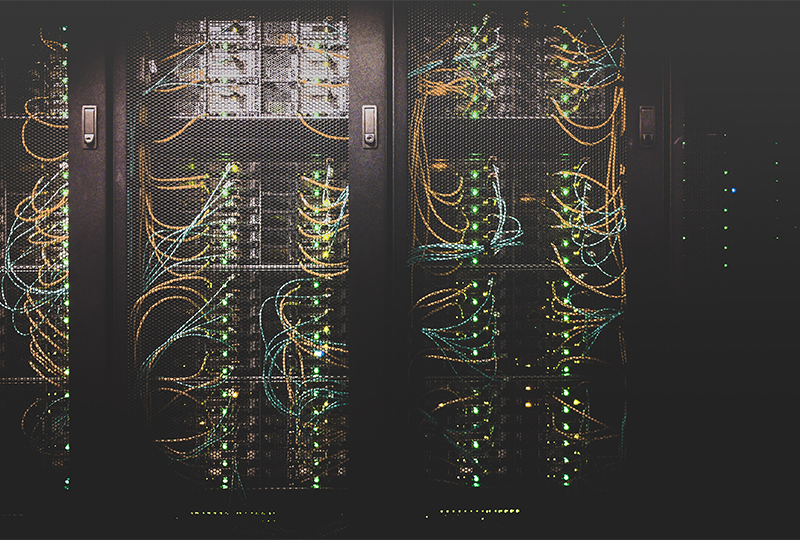
Revolutionising Network Management: The SD-WAN Surge Amidst Global Transformation
30 Aug, 20235The COVID-19 pandemic accelerated the transformation strategies of global corporations, prom...

The COVID-19 pandemic accelerated the transformation strategies of global corporations, prompting them to rethink their operational models.
The area of network management is going through a significant revolution in the middle of a quickly changing global environment where digital transformation and remote work are the norm. The development of Software-Defined Wide Area Networks (SD-WAN), a game-changing technology that is altering how enterprises connect, function, and prosper, is at the forefront of this revolution. This shift was particularly evident in the evolution of their wide area networks (WANs), where the rise of software-defined WANs (SD-WANs) and the emergence of secure access service edge (SASE) solutions took center stage.
Software-defined WANs have matured significantly and now offer a range of benefits that make them a compelling choice for enterprises, especially those with branch offices. However, the decision to embrace this technology requires a careful consideration of both its advantages and disadvantages. This article explores how network management is being revolutionised by SD-WAN and how it is giving enterprises unprecedented levels of empowerment in the face of sweeping global developments.
Empowering Agility and Flexibility
In a world marked by uncertainty and rapid change, the ability to adapt swiftly is the difference between success and stagnation. SD-WAN is emerging as the ultimate tool for enhancing agility and flexibility in network management. Traditionally, network configurations were rigid and time-consuming to modify, inhibiting the seamless adaptation required in today's dynamic landscape. SD-WAN shatters these constraints by providing centralized control and management of network policies. This empowers IT teams to respond promptly to shifting business needs, whether it's provisioning new branches, adjusting bandwidth allocations, or optimizing application performance.
Furthermore, SD-WAN's capacity to intelligently distribute network traffic across various paths unleashes unparalleled flexibility. It enables businesses to leverage a mix of connectivity options, from cost-effective broadband links to high-performance MPLS connections. The result? A network that can dynamically adjust to changing demands, ensuring optimal performance for critical applications while efficiently utilizing available resources. Imagine a scenario where a retail company rapidly scales up its online operations to meet unexpected demand spikes during a global event. SD-WAN enables the network to seamlessly adapt, ensuring smooth user experiences and bolstering the organization's reputation for reliability.
Enhancing User Experience and Performance
In the age of cloud applications, video conferencing, and data-intensive workflows, user experience hinges on network performance. SD-WAN emerges as a champion in this arena by optimizing application delivery and minimizing latency. By leveraging sophisticated traffic shaping mechanisms, SD-WAN intelligently routes data through the most suitable paths, ensuring that mission-critical applications receive the bandwidth they deserve. Imagine a remote team engaged in a crucial video conference with international clients. SD-WAN ensures that the video stream flows seamlessly, unhindered by congestion or network bottlenecks.
Moreover, SD-WAN's dynamic path selection empowers organizations to offer consistently high-quality experiences, regardless of location or device. This is particularly relevant in an era where remote work is prevalent and users connect from diverse geographical areas. SD-WAN's ability to automatically adjust routing based on real-time network conditions leads to reduced packet loss and latency, enhancing application performance and bolstering user satisfaction.
Advantages of SD-WAN
Cost Efficiency:
One of the most compelling advantages of adopting SD-WAN lies in its remarkable cost efficiency. By cleverly managing network traffic, SD-WAN leverages a cost-effective approach. It achieves this by directing less critical tasks and lower-priority data over less expensive network links, while reserving high-quality, more expensive connections for mission-critical data. This strategic allocation leads to cost savings of nearly 50% compared to traditional MPLS deployments. Imagine the impact on an enterprise's bottom line when operational expenses are significantly reduced over the long term. These savings can then be redirected towards strategic initiatives or investments that foster growth.
Enhanced Performance:
SD-WAN's impact on application performance cannot be understated. This technology employs intelligent routing mechanisms that ensure critical and real-time data traverse through links with higher bandwidth. This optimisation strategy significantly minimises latency and packet loss, thereby enhancing the overall performance of applications. Imagine a scenario where video conferencing, VoIP calls, and other latency-sensitive applications can be executed seamlessly without interruptions. This not only boosts productivity but also enhances user experience, which is crucial for maintaining employee satisfaction and customer engagement.
Simplified Infrastructure:
Amid the complexity that often accompanies digital transformation, SD-WAN comes as a breath of fresh air. It simplifies network infrastructure by streamlining the architecture. Traditional networks can become convoluted due to the addition of various layers during the evolution process. SD-WAN steps in by providing a centralised platform that mitigates performance degradation caused by intricate networks. This streamlined approach reduces operational complexities, eases management, and creates a more agile and responsive network environment. IT teams can focus more on strategic initiatives rather than spending excessive time managing the intricacies of a tangled network.
Reliability:
The robustness of SD-WAN's architecture contributes to its high reliability. By incorporating multiple transport mediums, such as Fiber, DSL, and LTE, SD-WAN offers diverse paths for data transmission. In case one medium faces an unexpected failure, SD-WAN can seamlessly switch to an alternative medium, ensuring uninterrupted connectivity. This reliability is particularly important for businesses that require consistent access to applications and services, regardless of external factors. Such dynamic failover capabilities lead to enhanced business continuity and reduced downtime, ultimately contributing to better operational resilience.
Efficient Remote Access:
Remote access to cloud applications has become a cornerstone of modern business operations. SD-WAN takes this efficiency a step further by providing enhanced cloud access capabilities to remote branches. Regardless of their geographical location, employees can experience improved connectivity to cloud resources, translating to enhanced productivity and smoother collaboration. Furthermore, for applications deemed business-critical, SD-WAN allows for the strategic direction of traffic through centralised data centers. This not only ensures optimal performance but also enables the organisation to maintain control over the flow of data, thereby adhering to security and compliance standards.
Disadvantages of SD-WAN
Security Concerns:
While SD-WAN presents an array of benefits, security remains a pressing concern. Though SD-WAN solutions incorporate certain security standards and methods, they often lack comprehensive on-site security features. This deficiency opens up potential vulnerabilities within the network. In the event of a breach in one machine, the repercussions can be far-reaching, impacting the entire organisational ecosystem. The absence of robust on-site security measures can create a weak link, potentially exposing sensitive data to cyber threats and unauthorised access. Organisations must navigate this challenge by implementing additional layers of security, such as firewalls and intrusion detection systems, to fortify their network defenses.
Adaptation Challenges:
The integration of SD-WAN solutions can be a complex endeavor, often posing challenges for businesses. One of the primary obstacles is the adaptation of existing staff to this technology. Understanding the intricacies of SD-WAN may require significant time and effort, and in some cases, the acquisition of new skills. This adaptation process can strain the existing workforce and hinder daily operations. Organisations may find themselves faced with the choice of either investing in comprehensive training programs for their employees or hiring skilled personnel proficient in SD-WAN technology. However, this decision comes with its own financial implications, especially for smaller organisations operating on tighter budgets.
Compatibility Issues:
Another drawback that businesses may encounter when transitioning to SD-WAN is compatibility issues with existing infrastructure. While SD-WAN solutions are designed to seamlessly integrate with a variety of networks, certain configurations might not be fully compatible with all WAN routers. In cases where a SD-WAN configuration is overlaid on an existing WAN router's ethernet connection, interference and disruptions may arise. This can potentially lead to performance bottlenecks and network instability. To mitigate this challenge, meticulous planning and careful consideration of the existing network architecture are essential before implementing SD-WAN solutions.
Potential for Errors:
The centralisation of units and connections in an SD-WAN setup introduces a new dimension of potential errors. Even minor configuration errors can escalate into major disruptions, affecting the overall network performance and stability. Additionally, SD-WANs are not immune to issues such as jitters and packet loss, which can degrade the quality of network connections and impact the user experience. Addressing these errors requires rigorous monitoring, proactive maintenance, and swift troubleshooting to ensure smooth operations.
Technical Requirements:
Unlike traditional routers that can operate without frequent updates, routers equipped with SD-WAN configurations demand regular firmware updates. Neglecting these updates can result in compromised security and reduced performance. Regular updates are crucial to ensuring the routers' stability, functionality, and alignment with the latest security protocols. However, keeping up with these technical requirements demands additional time and resources from IT teams. Failure to comply with these updates can lead to router failures, network vulnerabilities, and decreased efficiency. As a result, organisations need to implement a robust update management strategy to uphold the performance and security of their SD-WAN infrastructure.









